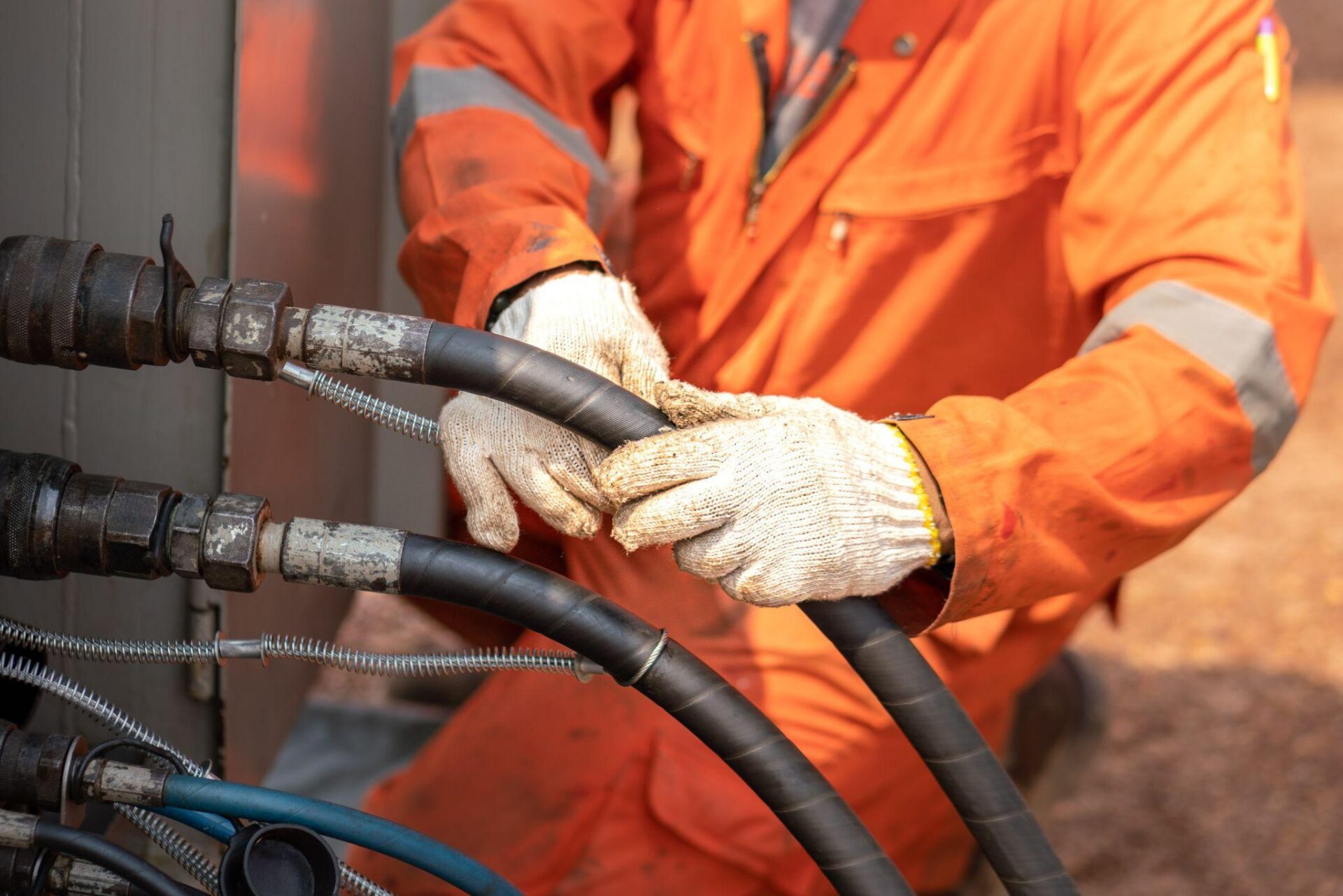In industries relying on high-pressure hydraulic systems, safety is paramount. These systems are integral to numerous applications, from manufacturing and construction to automotive and aerospace. However, their operation comes with inherent risks, requiring meticulous attention to safety protocols, risk analysis, and accident prevention measures.
Understanding the Risks:
High-pressure hydraulic systems operate under immense force, capable of exerting significant pressure on components. Any breach or failure within the system can lead to catastrophic consequences, including severe injuries, equipment damage, and even fatalities. Common risks associated with these systems include fluid injection injuries, hydraulic line ruptures, and uncontrolled machine movements.
Conducting Risk Analysis:
Before initiating work with high-pressure hydraulic systems, conducting a thorough risk analysis is essential. This involves identifying potential hazards, assessing their likelihood and severity, and implementing measures to mitigate risks. Factors such as system pressure, fluid compatibility, equipment condition, and operator training must be carefully evaluated to ensure safe operation.
Implementing Safety Measures:
To minimize the risk of accidents, several safety measures should be implemented:
- Proper Training: Ensure that personnel involved in operating or maintaining hydraulic systems receive comprehensive training on safety procedures, equipment operation, and emergency protocols.
- Regular Maintenance: Conduct routine inspections and maintenance of hydraulic components to detect and address any potential issues before they escalate into safety hazards.
- Personal Protective Equipment (PPE): Require the use of appropriate PPE, including safety goggles, gloves, and protective clothing, to mitigate the risk of injury in the event of a hydraulic system failure.
- Pressure Relief Devices: Install pressure relief valves and other safety devices to prevent overpressurization and mitigate the risk of hydraulic system failure.
- Lockout/Tagout Procedures: Implement lockout/tagout procedures to ensure that hydraulic systems are safely isolated and de-energized during maintenance or repair work.
Preventing Accidents:
Despite meticulous safety precautions, accidents can still occur. In the event of a hydraulic system failure or injury, prompt action is crucial:
- Emergency Response Plan: Establish an emergency response plan outlining procedures for addressing hydraulic system failures, fluid injection injuries, and other emergencies.
- Immediate Medical Attention: Provide immediate medical attention to anyone injured in a hydraulic system accident, particularly in cases of fluid injection injuries, which require urgent medical treatment.
- Incident Investigation: Conduct a thorough investigation following any hydraulic system-related accident to identify the root causes, implement corrective actions, and prevent similar incidents in the future.
In conclusion, working with high-pressure hydraulic systems requires a proactive approach to safety. By conducting risk analysis, implementing robust safety measures, and maintaining vigilance, organizations can minimize the risk of accidents and create a safer working environment for all personnel involved. Remember, when it comes to hydraulic systems, safety always comes first.


Post A Comment